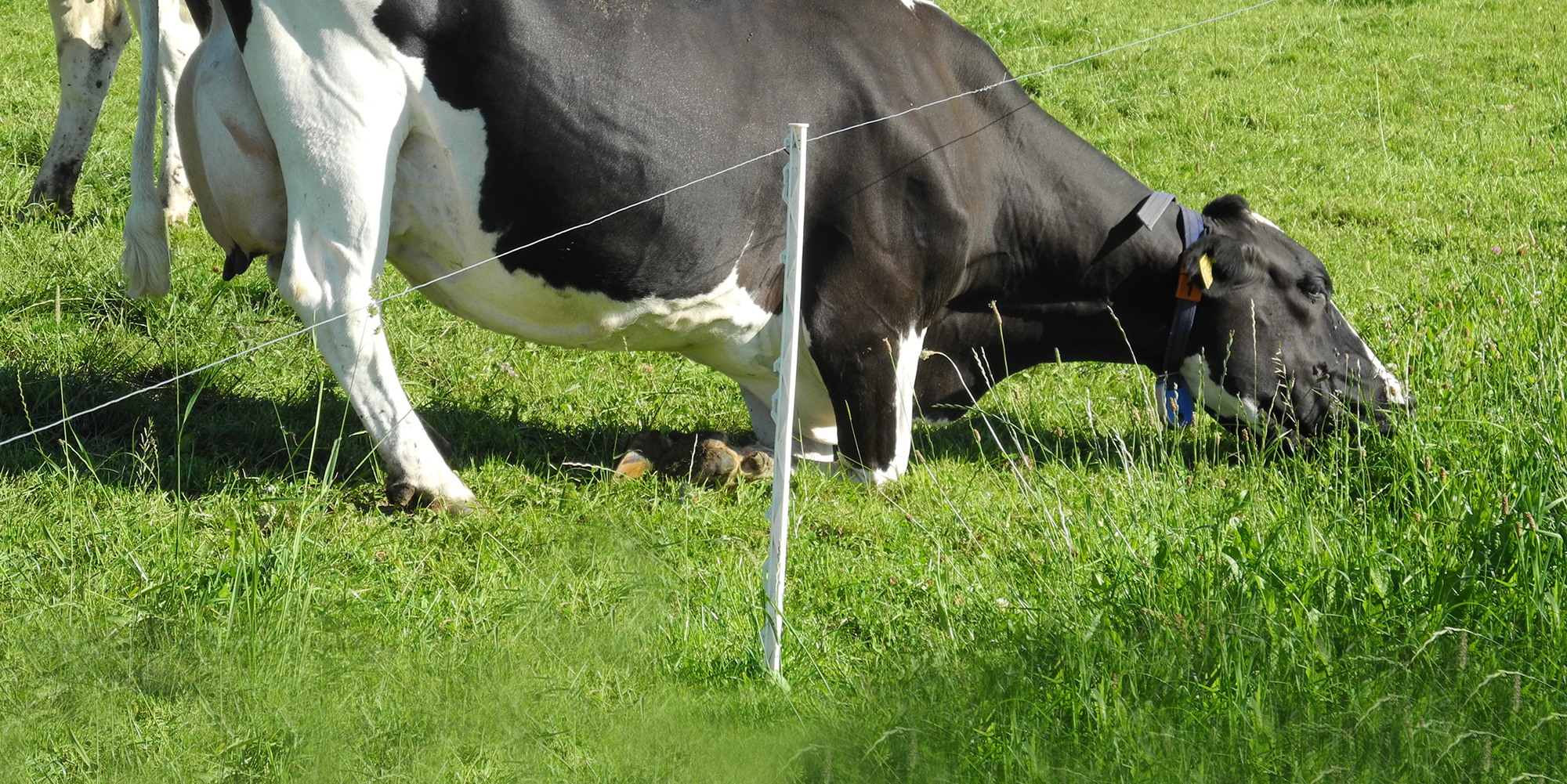What Does an Individual Cow Consume on the Pasture?
Agroscope
Feed selection on the pasture costs cows time and energy. With the aim of optimised pasture feeding and efficient resource use, the feed selection of Swiss and New Zealand Holstein cows was compared.
In pasture-based feeding systems, the feed intake of cows is limited. This in turn also reduces dairy cow productivity. Grazing dairy cows actually require substantially more time for feed intake and consume less feed than cows fed indoors with the same quality of grass. At the same time, cows expend additional energy on grazing. Unlike indoor-fed cattle, they then lack this energy for milk production or body growth.
Supply and demand – feed preference and feed selection
The individual preference for or selection of certain plants by grazing dairy cows could be harnessed to boost feed consumption. A suitable range of preferred forage plants could improve productivity, efficient nutrient conversion and the welfare of grazing dairy cows by reducing the time they spend looking for and selecting forage. This increased productivity could also reduce emissions.
Swiss and New Zealand Holstein cows
Agroscope conducted a grazing trial with Swiss and New Zealand Holstein cows that looked at feed selection on the pasture. The diet of the 32 dairy cows consisted of 100% grazed herbage, since no hay or concentrates were fed indoors.
Determining feed selection and estimating herbage intake
Alkanes in the herbage and in the cows’ faeces were used as markers in order to estimate herbage intake. The substances characteristic of the individual plants (alkanes, long-chain alcohols and long-chain fatty acids) were used to determine individual feed selection. Details concerning the quantity and components of the milk, feeding and ruminating behaviour and the activity recorded with pedometers provided additional information.
Main results
- The method used to determine the individual feed selection of grazing dairy cows yields useful results.
- The marker content (alkanes, long-chain alcohols and long-chain fatty acids) permits the distinction of the individual plants and plant groups.
- It was not possible to choose a single best combination of markers with the selected experimental approach.
- There are major differences within a group of New Zealand or Swiss Holstein cows in terms of feed selection, but no significant differences were observed between the two types of cows.
Conclusions
- The chosen approach for determining the feed selection of grazing dairy cows – detection of the characteristic substances in the forage plants consumed and in the cows’ faeces – appears to have proven its worth.
- It was not possible to choose a single best combination of markers (alkanes, long-chain alcohols and/or long-chain fatty acids) for determining individual feed selection.
- There are major differences within the group of New Zealand or Swiss Holstein cows in terms of feed selection while grazing, but no significant differences were discovered between the two types of cows.
- The approach introduced enables better adaptation of plant communities of pastures to the needs of individual dairy cows.
- The manner in which individual cow feed selection and nutrient utilisation are related is still in need of investigation.
Bibliographical reference
What Does an Individual Cow Consume on the Pasture?



